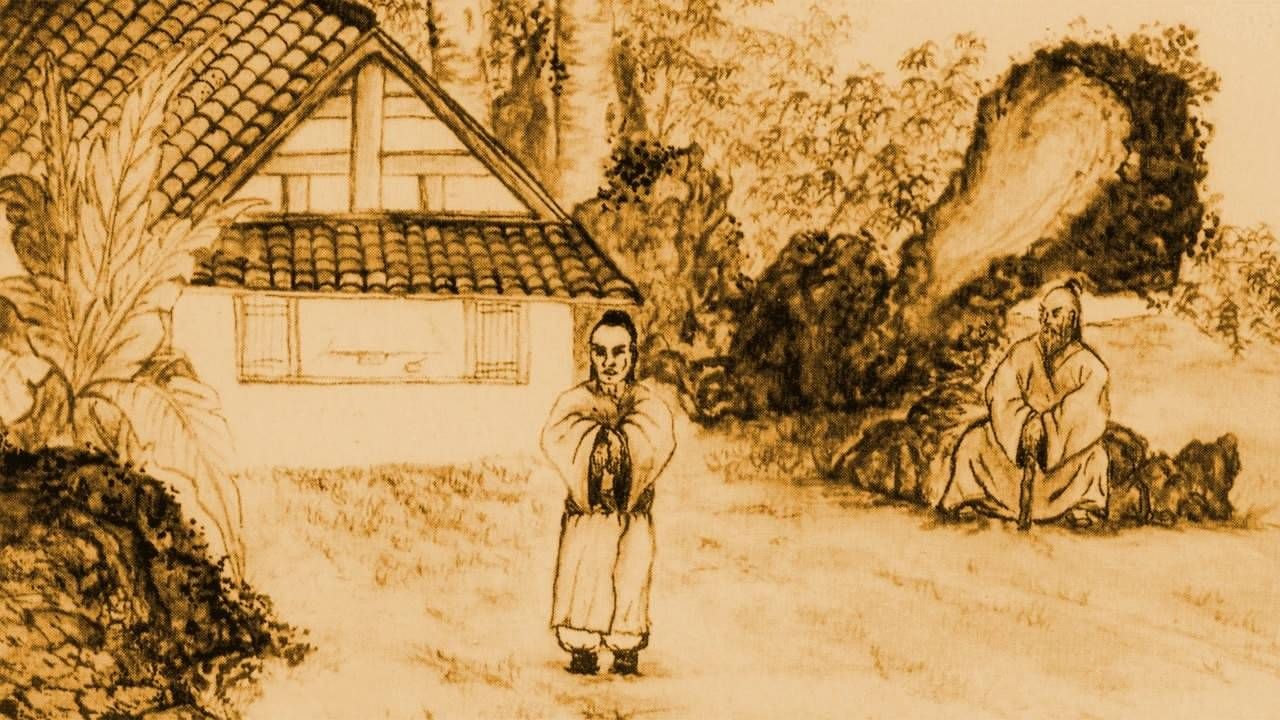
Fantasy and Work: Cultivator Series (Part 2)
Oct 28, 2025Most people are first drawn to Taoist internal arts because something about the practices feels exciting or mysterious. They hear about energy cultivation, spiritual awakening, and immortality, and are curious, if not positively determined, to achieve such states. That curiosity and desire are good. It gets us started.
But after the first wave of excitement wanes, reality sets in.
The real work is simple:
- Sitting in silence
- Being sincere in being mundane
- Moving slowly and gently, which appears anything but skillful and dramatic
- Focusing on breathing methods
- Using uncomplicated visualizations
- Correcting one’s sitting, standing, and moving postures (often in the most basic and unimpressive ways).
Let’s face it. It’s not flashy. It doesn’t feel “transformative” and inspire awe. And progress is usually slow, often because we want to race past learning the basic principles and foundational bricks of the “art.”
This is where people start to struggle and quietly fade away. A part of them still wants the big results they imagined in the beginning. Another part realizes this requires patience.
That back-and-forth can be confusing. One day, they feel inspired. The next day, they wonder if anything is happening at all. They only seem to be stuck on plateaus.
I remember Stuart telling an old Taoist story about a man whose horse ran away. Everyone said, “This is terrible,” but the man just said, “We’ll see.”
Later, the horse came back with more horses. Everyone said, “This is great!” Again, the man said, “We’ll see.” Then his son broke his leg trying to ride one of the new horses. “That’s terrible!” people said. “We’ll see,” the man replied.
The army later came to take all the able-bodied young men to war. Because his son was injured, he was spared.
The point is simple: we don’t know where something is leading. A “good” moment can turn difficult, and a “bad” moment can become a turning point.
Cultivation is like that. You have to wait and see (but even that can change!).
At first, students usually judge their practice too quickly:
- “That session felt bad. My legs hurt, my arms are tired, my back is stiff. I must be doing it wrong.”
- “Nothing special is happening. Maybe this isn’t for me.”
- “I’ve been practicing for weeks, why can’t I levitate?”
But judging the practice in the short term doesn’t help. The people who make real progress are the ones who keep showing up, even when the practice is ordinary, repetitive, dull, and unexciting.
In my Weekly Seated Qigong and Meditation Classes (and what a great endorsement I just made for them), we work on the basics:
- Natural breathing (expanding on the inhale and contracting on the exhale, you know, just like you are doing right now without thinking)
- Reverse breathing (now we’re getting fancy—contracting on the inhale and expanding on the exhale)
- Contemplating a Taoist scripture, but not analyzing it or trying to understand it (just hearing it and letting its teachings absorb into you over time)
- Visualizing a golden ball inside your body that expands and contracts with your breathing (regardless of whether you are natural or reverse breathing—we have to keep it simple and uncomplicated!)
- And then, moving that ball to different areas of your body (OK, that’s kind of cool)
These skills are hardly “exciting,” but they create the conditions for deeper changes later on. Without them, students get stuck chasing big expectations without knowing the intrinsic small steps that actually get them somewhere.
Fantasy gets us started.
Consistency rooted in reality carries us forward.
Eventually, the practice becomes part of daily life. You sit. You breathe. You notice small improvements over time. You become more patient. You feel the body more clearly. You react less. And you no longer care about trusting the process; you just do it.
That steady approach is what actually leads to transformation—not trying to force breakthroughs or skip steps.
A cultivator keeps doing the work, even when it’s not exciting. And someday, they look back and realize they’ve changed in ways they couldn’t see while it was happening.
—Patrick
Sign up for our mailing list!
Get monthly newsletters, updates, and Taoist cultivation resources delivered to your inbox.
We will never sell your information.

